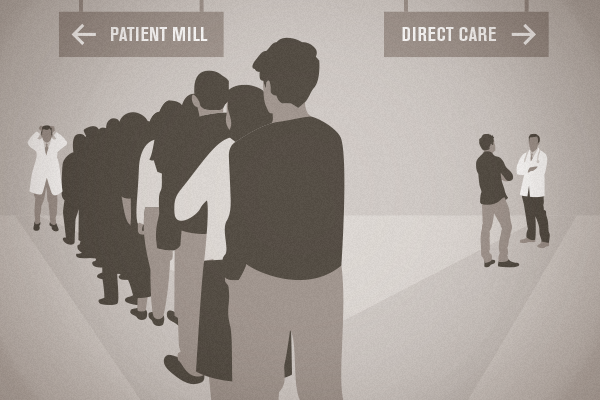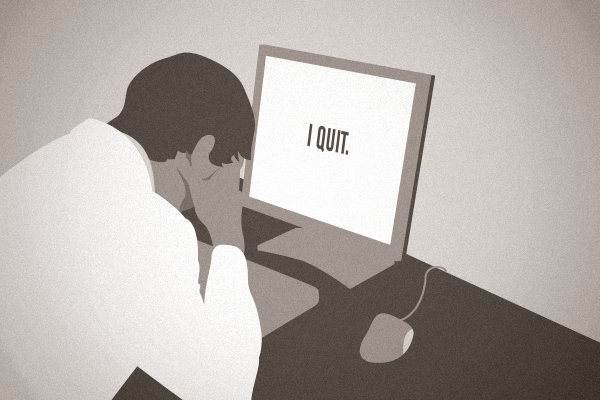We found a great blog post from The Happy MD that clarifies a schism that’s likely to develop here in the American healthcare system. With an influx of patients gaining insurance through Obamacare (assuming those exchange websites finally work), primary care docs have essentially two directions they will be pushed in:
- One group of docs will be part of the patient mill, who due to the inherent volume of patients coming through a clinic will only see the very sick; here the doctor will spend a majority of time in a management position, overseeing nurses and physician assistants who actually interact with patients.
- Another group of docs will be part of the concierge medicine/direct care movement, and will see all of their patients for longer durations; here the doctor will free up this time by removing the red tape and operating their practice with limited assistance.

